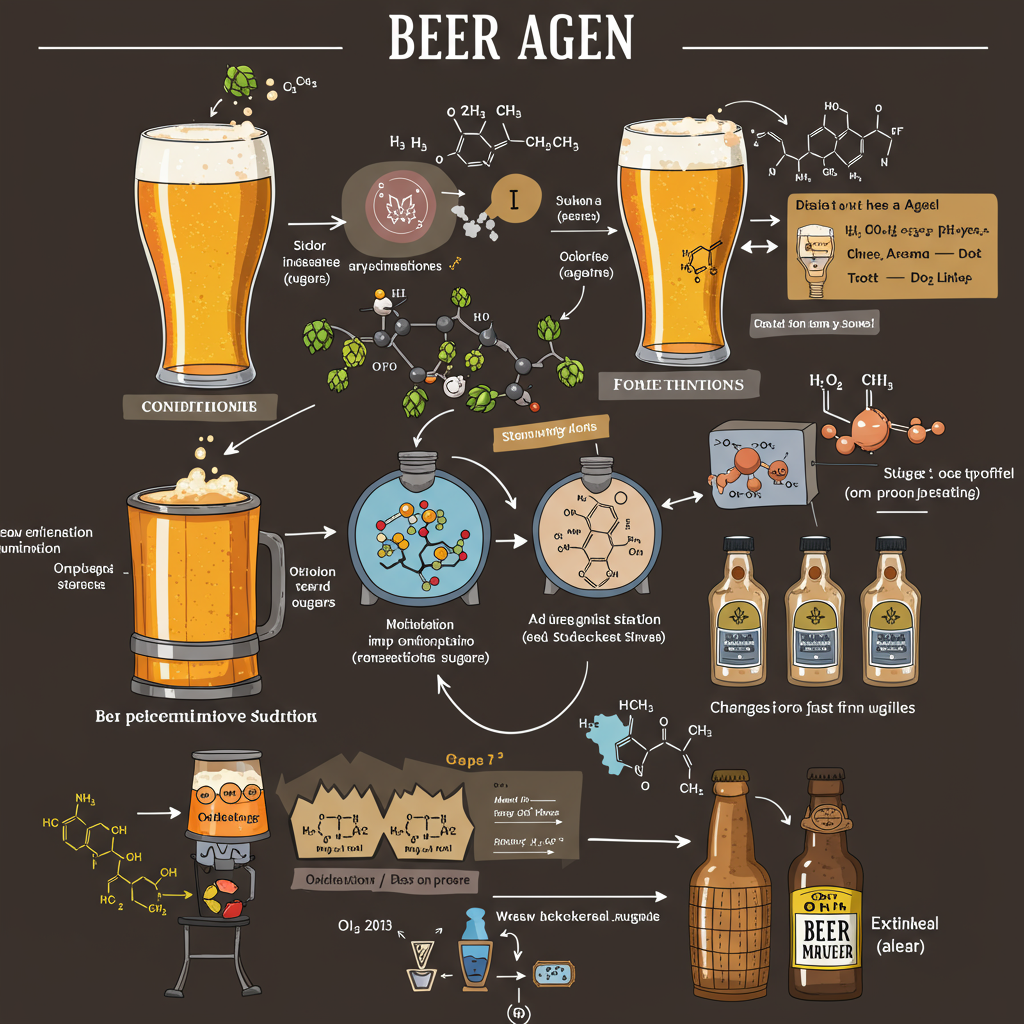Unlocking the Mystery of Beer Aging
Beer lovers know that savoring a fresh brew is a blissful experience, but all beers eventually age. The journey from fresh hops to a mellowed pint involves various chemical and biological processes. Over time, your beer might darken, develop haze, lose its bitterness, change its carbonation, and introduce those less-desirable off-flavors. Depending on the type and care taken during brewing, packaging, and storage, this transformation can take mere days or stretch over a year. For most brews, six months is the magic window when flavors and clarity start to wane. Central to this aging process is oxidation, a chemical reaction that every brewer dreads.
Understanding Oxidation in Beer
Oxidation, the silent nemesis of craft beer, involves the transfer of electrons between molecules, often involving oxygen. While oxygen is not immediately reactive on its own, when mixed with metals such as copper, iron, and manganese found in beer, it conjures up a series of uninvited off-flavors. Apologies to IPAs and hop-heavy brews, as they’re especially vulnerable. The hop additions introduce iron, and the phenols they’re packed with are oxidation-prone, often making these beers taste stale quicker. This explains why hop-laden brews demand to be enjoyed fresh to truly experience their juicy, aromatic glory.
The Role of Metals in Brewing
Unbeknownst to many, metals sneak into beer through malts, hops, and sometimes brewing equipment. As studies have shown, manganese—alongside copper and iron—plays a significant role in oxidation. Surprisingly, it’s the malting process that primarily dictates these metal levels. This molecular meddling is particularly concerning for brewers who strive for hop prominence, requiring extra care to preserve those hoppy notes by minimizing oxygen exposure.
Implementing Solutions for Fresher Brews
So, what’s a dedicated brewer to do in the face of these challenges? First and foremost, reduce the oxygen exposure during the critical final stages of brewing. Choosing equipment carefully—avoiding copper-based tools and ensuring stainless steel surfaces remain pristine—can also help mitigate metal contamination. Adding antioxidants like potassium metabisulfite, common in wine but less so in beer, can safeguard against oxidation too, though some brewers steer clear due to sensitivity concerns. Intriguingly, incorporating hops during the mash stage has shown promise in reducing metal levels, as shared in recent brewing discussions.
Craft beer aficionados, remember that the pursuit of the perfect pint involves science, art, and a touch of magic. BreweriesNearMe.us is here to guide you through the bustling world of U.S. craft beer, ensuring your next brewery adventure is nothing short of exceptional.
#CraftBeerScience #BrewMasters #BeerPreservation #HopForward #BreweriesNearMe




